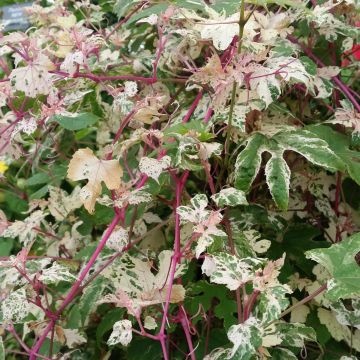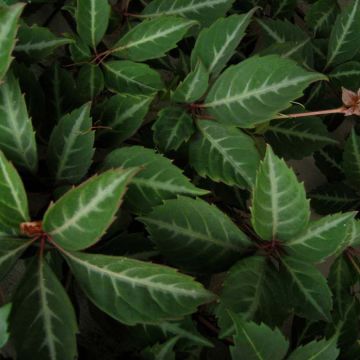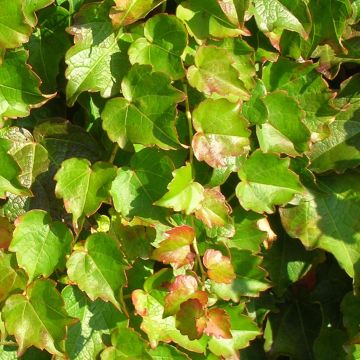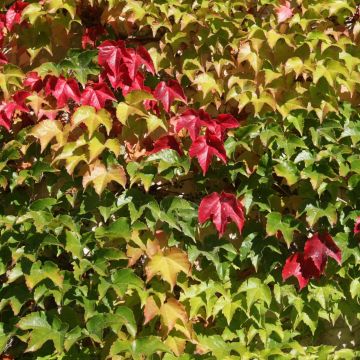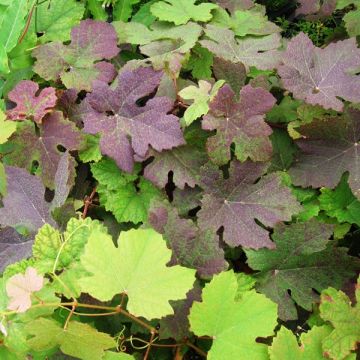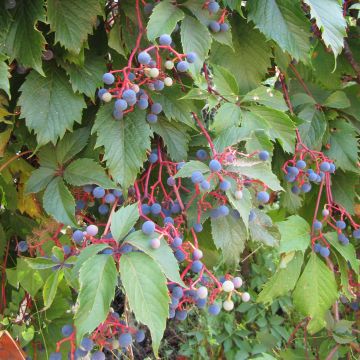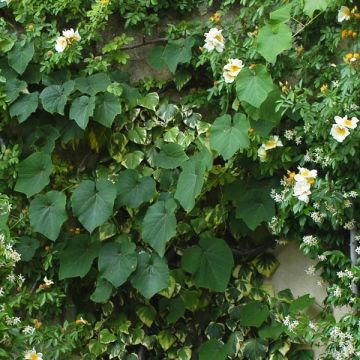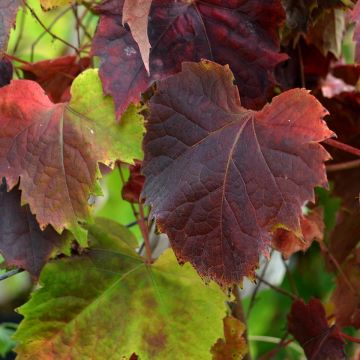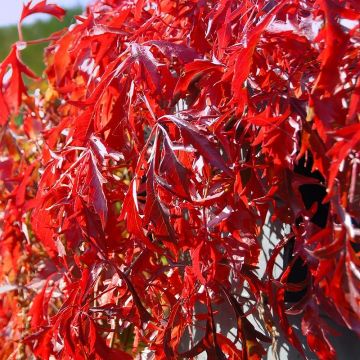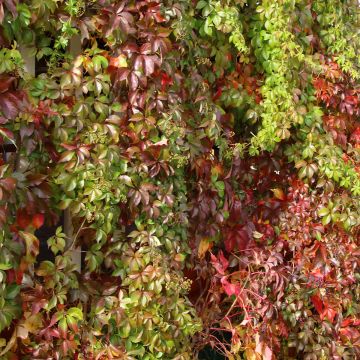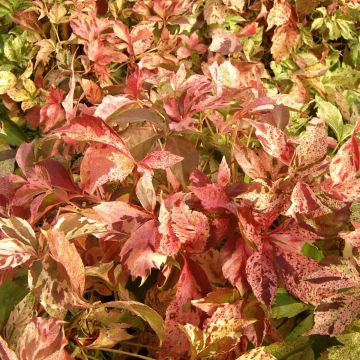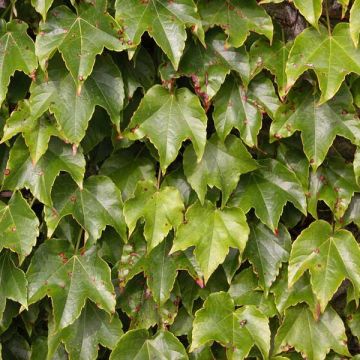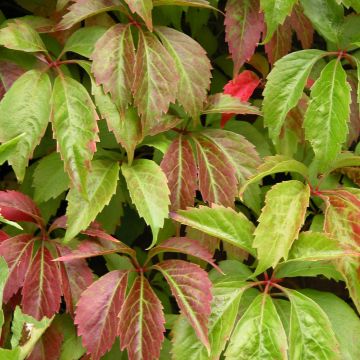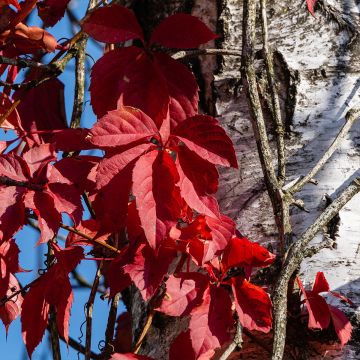Plantfit
Log in / Register
Existing customer?
New customer?
Create an account to track your orders, access our customer service and, if you wish, make the most of our upcoming offers.
My Account
Hello
Shipping country and language
Your country of residence may be:
For a better user experience on our website, you can select:
Your shipping country:
Andorra
Austria
Belgium
Bulgaria
Croatia
Czechia
Denmark
Estonia
Finland
France
Germany
Greece
Hungary
Iceland
Ireland
Italy
Latvia
Lithuania
Luxembourg
Monaco
Netherlands
Poland
Portugal
Romania
Slovakia
Slovenia
Spain
Sweden
Switzerland
Language:
French
English
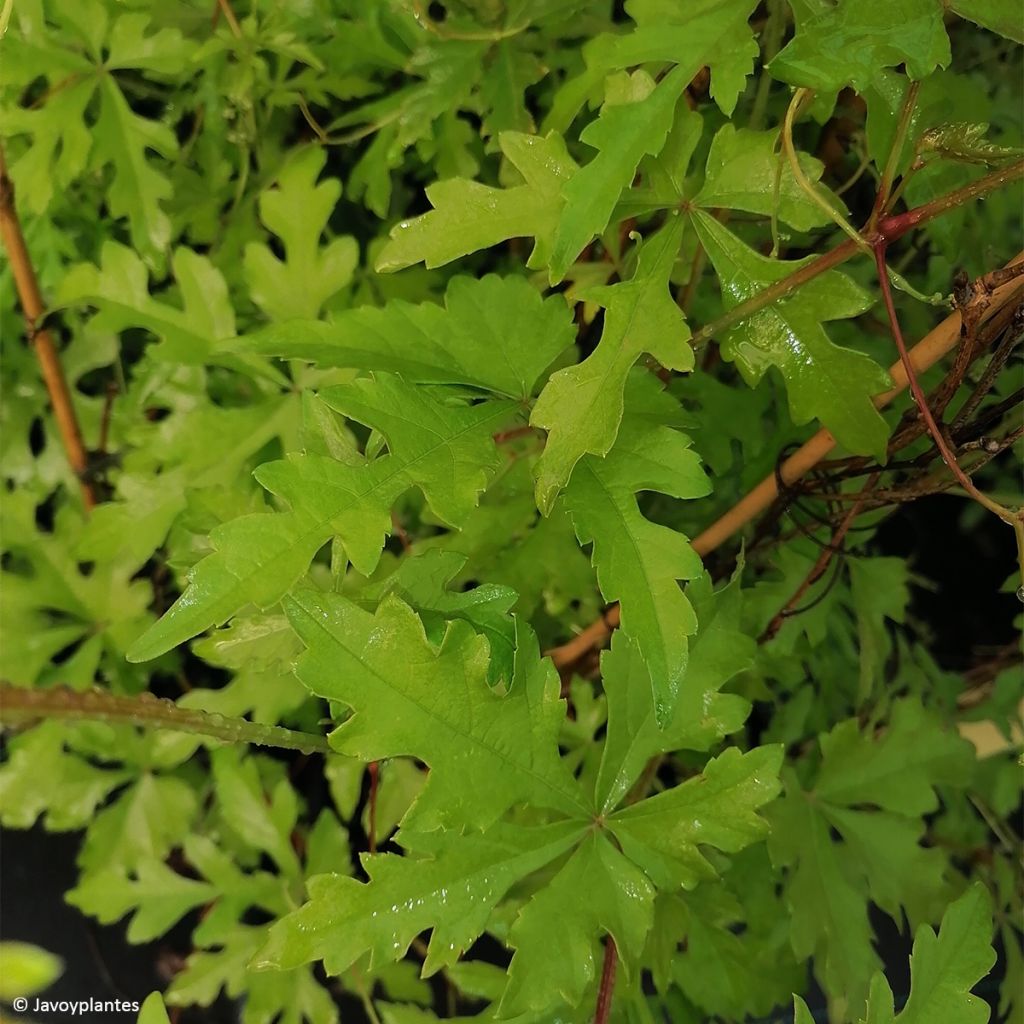

Ampelopsis aconitifolia - Vigne vierge à feuilles d'aconit
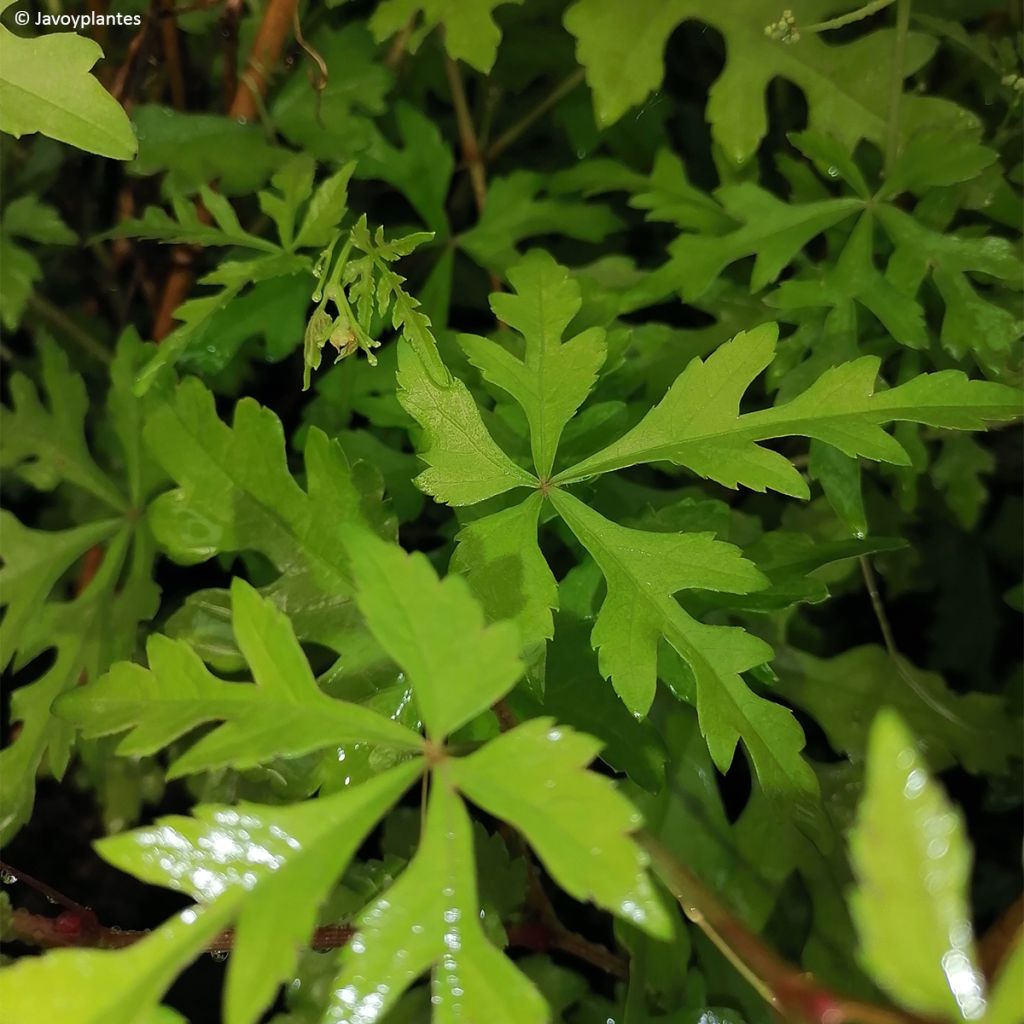

Ampelopsis aconitifolia - Vigne vierge à feuilles d'aconit
Ampelopsis aconitifolia
Ampelopsis aconitifolia
Ivy received quickly, growing vigorously, however, it suffered from its paper packaging that was not resilient enough during transportation. For my next order, I will choose a more durable plastic packaging, which is a shame for our environment!
AGNES, 27/09/2022
Order in the next for dispatch today!
Dispatch by letter from €3.90.
Delivery charge from €5.90 Oversize package delivery charge from €6.90.
More information
This item is not available in your country.
Select delivery date,
and select date in basket
This plant carries a 6 months recovery warranty
More information
We guarantee the quality of our plants for a full growing cycle, and will replace at our expense any plant that fails to recover under normal climatic and planting conditions.
From €5.90 for pickup delivery and €6.90 for home delivery
Express home delivery from €8.90.

Does this plant fit my garden?
Set up your Plantfit profile →
Description
Ampelopsis aconitifolia is a remarkable and adaptable species. It demonstrates well that this beautiful family of climbing plants hides many treasures for our gardens, even under difficult climates. Its beautifully cut foliage forms a truly elegant mass, both light and dense, while maintaining very reasonable dimensions. In autumn, this vegetation turns golden yellow to amber yellow and is adorned with small orange and then purple berries. The plant attaches itself using tendrils, covering everything that needs to be concealed. In terms of cultivation, it is worth noting that it resists both the cold of its native Chinese mountains and the arid summers, and it tolerates limestone soils well. So many reasons to adopt this marvel!
Ampelopsis belong to the Vitaceae family, just like the vine that produces grapes. The origins of the Ampelopsis aconitifolia species can be found in the mountains of northern China. There are two or three subspecies that differ in leaf shape and fruit colour. It is a climbing plant that can reach 3 to 4 metres (10 to 13 feet) in all directions. Its growth is rapid. The deciduous foliage consists of alternate leaves, strongly and finely cut into toothed lobes of variable shape. From spring to summer, they are fairly dark green. They then take on different shades of yellow in autumn before falling. The flowering occurs from April to August, in the form of very small greenish to bluish flowers arranged in cymes. It is followed in late summer and autumn by the formation of 5 to 6 mm (0in) diameter berries, whose colour evolves as they ripen, ranging from pale green to yellow, orange, and violet. This is the time of year when the plant, with its colourful lace, is at its most beautiful. Its tendrils are non-adhesive, opposite the leaves, and have 2 or 3 branches. The seeds are dispersed by birds that love them.
Ampelopsis aconitifolia can be used as a classic climbing vine, but also by letting it run along a wall, for example. Let it climb on a garden arbor, a chicken coop, a staircase railing, a pillar, or in a hedge... It can be associated with Clematis viticella and Jasminum officinale that can be trained together. This ornamental vine can climb a small tree or a large bush (Royal Purple Smokebush, Black Lace Elderberry, European Spindle...), on which it will cling using its tendrils.
Ampelopsis aconitifolia in pictures
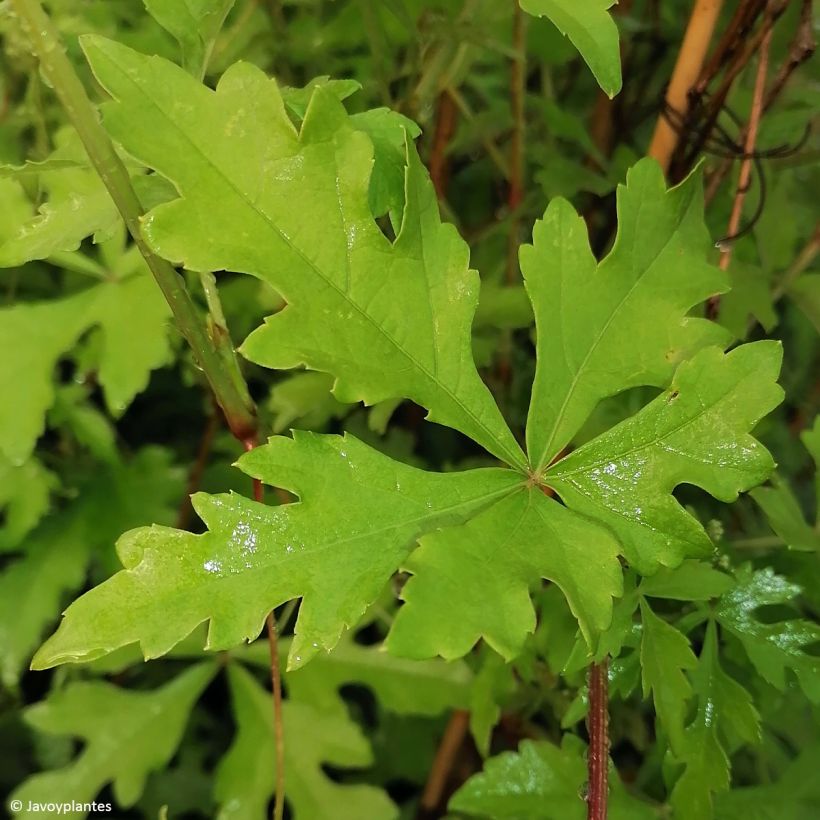

Plant habit
Flowering
Foliage
Botanical data
Ampelopsis
aconitifolia
Vitaceae
China
Planting and care
Ampelopsis aconitifolia should be planted in autumn in warm and dry climates, or in spring in cooler and more humid regions. Plant it in a deep, well-worked soil enriched with compost. This plant tolerates limestone and will withstand summer drought once it is well rooted (including in Mediterranean areas). It can be planted in full sun or partial shade. Train the young plants until they can cling on their own. Monitor the growth of this climbing plant and pinch back any misdirected stems. Prune after the fruits have fallen.
Planting period
Intended location
Care
- , onOrder confirmed
Reply from on Promesse de fleurs
Haven't found what you were looking for?
Hardiness is the lowest winter temperature a plant can endure without suffering serious damage or even dying. However, hardiness is affected by location (a sheltered area, such as a patio), protection (winter cover) and soil type (hardiness is improved by well-drained soil).

Photo Sharing Terms & Conditions
In order to encourage gardeners to interact and share their experiences, Promesse de fleurs offers various media enabling content to be uploaded onto its Site - in particular via the ‘Photo sharing’ module.
The User agrees to refrain from:
- Posting any content that is illegal, prejudicial, insulting, racist, inciteful to hatred, revisionist, contrary to public decency, that infringes on privacy or on the privacy rights of third parties, in particular the publicity rights of persons and goods, intellectual property rights, or the right to privacy.
- Submitting content on behalf of a third party;
- Impersonate the identity of a third party and/or publish any personal information about a third party;
In general, the User undertakes to refrain from any unethical behaviour.
All Content (in particular text, comments, files, images, photos, videos, creative works, etc.), which may be subject to property or intellectual property rights, image or other private rights, shall remain the property of the User, subject to the limited rights granted by the terms of the licence granted by Promesse de fleurs as stated below. Users are at liberty to publish or not to publish such Content on the Site, notably via the ‘Photo Sharing’ facility, and accept that this Content shall be made public and freely accessible, notably on the Internet.
Users further acknowledge, undertake to have ,and guarantee that they hold all necessary rights and permissions to publish such material on the Site, in particular with regard to the legislation in force pertaining to any privacy, property, intellectual property, image, or contractual rights, or rights of any other nature. By publishing such Content on the Site, Users acknowledge accepting full liability as publishers of the Content within the meaning of the law, and grant Promesse de fleurs, free of charge, an inclusive, worldwide licence for the said Content for the entire duration of its publication, including all reproduction, representation, up/downloading, displaying, performing, transmission, and storage rights.
Users also grant permission for their name to be linked to the Content and accept that this link may not always be made available.
By engaging in posting material, Users consent to their Content becoming automatically accessible on the Internet, in particular on other sites and/or blogs and/or web pages of the Promesse de fleurs site, including in particular social pages and the Promesse de fleurs catalogue.
Users may secure the removal of entrusted content free of charge by issuing a simple request via our contact form.
The flowering period indicated on our website applies to countries and regions located in USDA zone 8 (France, the United Kingdom, Ireland, the Netherlands, etc.)
It will vary according to where you live:
- In zones 9 to 10 (Italy, Spain, Greece, etc.), flowering will occur about 2 to 4 weeks earlier.
- In zones 6 to 7 (Germany, Poland, Slovenia, and lower mountainous regions), flowering will be delayed by 2 to 3 weeks.
- In zone 5 (Central Europe, Scandinavia), blooming will be delayed by 3 to 5 weeks.
In temperate climates, pruning of spring-flowering shrubs (forsythia, spireas, etc.) should be done just after flowering.
Pruning of summer-flowering shrubs (Indian Lilac, Perovskia, etc.) can be done in winter or spring.
In cold regions as well as with frost-sensitive plants, avoid pruning too early when severe frosts may still occur.
The planting period indicated on our website applies to countries and regions located in USDA zone 8 (France, United Kingdom, Ireland, Netherlands).
It will vary according to where you live:
- In Mediterranean zones (Marseille, Madrid, Milan, etc.), autumn and winter are the best planting periods.
- In continental zones (Strasbourg, Munich, Vienna, etc.), delay planting by 2 to 3 weeks in spring and bring it forward by 2 to 4 weeks in autumn.
- In mountainous regions (the Alps, Pyrenees, Carpathians, etc.), it is best to plant in late spring (May-June) or late summer (August-September).
The harvesting period indicated on our website applies to countries and regions in USDA zone 8 (France, England, Ireland, the Netherlands).
In colder areas (Scandinavia, Poland, Austria...) fruit and vegetable harvests are likely to be delayed by 3-4 weeks.
In warmer areas (Italy, Spain, Greece, etc.), harvesting will probably take place earlier, depending on weather conditions.
The sowing periods indicated on our website apply to countries and regions within USDA Zone 8 (France, UK, Ireland, Netherlands).
In colder areas (Scandinavia, Poland, Austria...), delay any outdoor sowing by 3-4 weeks, or sow under glass.
In warmer climes (Italy, Spain, Greece, etc.), bring outdoor sowing forward by a few weeks.
